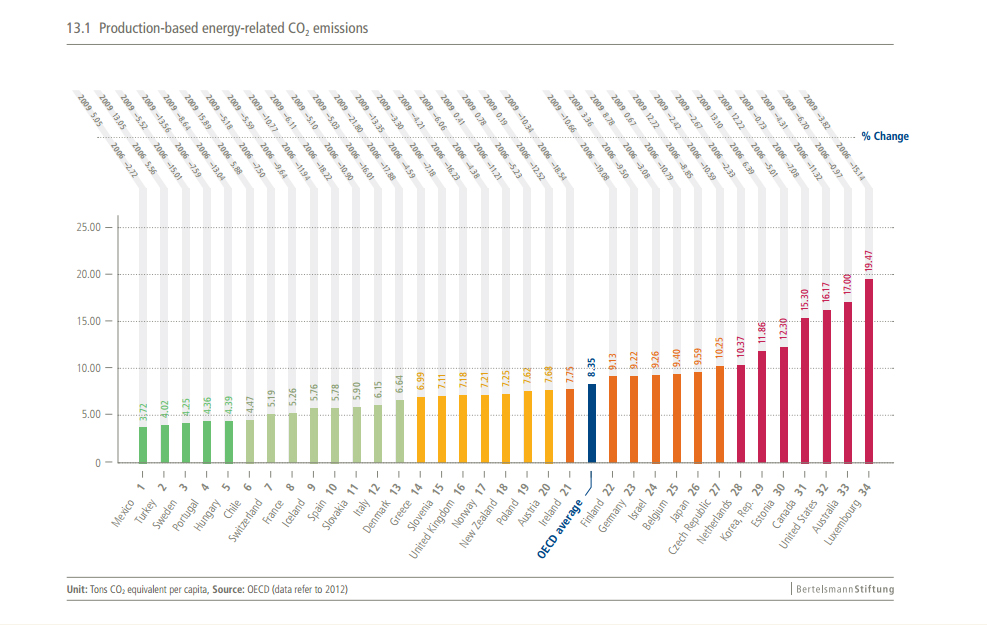WORLDWIDE LED RESPONSIBILITY
Light affects our health and well-being in many ways. White LED’s with blue-rich spectra are being rolled out over the country at an alarming pace, often without proper health or environmental impact assessments. These white LED’s are detrimental to human and wildlife circadian rhythms as well as the view of our night sky. 1,2,3 , Urgent action is needed to ensure installation of LED lights use a warm-white Correlated Colour Temperature (CCT) ideally 2700K for the benefit of Public Health, Ecology, Road Safety, and Sky Glow.

“Lighting planners and policymakers in local government nowadays need to be very careful in choosing the light class as low as possible, in order to avoid unnecessary over sizing, in using Constant Light Output for luminaires, avoiding cold temperature of LEDs and, above all, seizing the importance of using lighting control systems. The good thing about LEDs is that you can dim and switch on/off easily, and this raises the importance of sensors.”~#Alan2016
There are currently very few solutions that successfully combine an understanding of the physiological effects of light with efficiency and aesthetics. Recently, a number of governmental and non-governmental organisations have provided interesting publications which should be taken into consideration to help ensure benign, safe, and pleasant lighting in our outdoor environment. 4,5,6
The American Planning Association (APA) recommends outdoor LED lighting exclude wavelengths below 500 nanometers. The International Dark Sky Association (IDA) recommends a CCT of maximum 3000K to minimise sky glow and the American Medical Association (AMA) has issued guidelines recommending that blue-rich light is reduced as far as possible in order to protect Public Health.
The American Planning Association (APA) recommends outdoor LED lighting exclude wavelengths below 500 nanometers. 5 The International Dark Sky Association (IDA) recommends a CCT of maximum 3000K to minimise sky glow and the American Medical Association (AMA) has issued guidelines recommending that blue-rich light is reduced as far as possible in order to protect Public Health. 7,8,9,10 In the UK, Public Health England are recommending that councils use a warm colour temperature for street lights to miminise glare and discomfort. 4 Unfortunately, street lighting is currently exempt from the UK nuisance regulations which limit the effects of light and noise on people. Due to a lack of clear guidelines from Central Government, notably the Department for Transport, councils often opt for blue-rich white LED street lights, thus increasing light pollution.
An example may be taken from the situation on the Isle of Wight, where high CCT LED outdoor lighting has been installed, and there was little or no public consultation nor any trials prior to implementation. 11 Reading Borough Council is currently planning to install streetlights with a CCT of 4000K, which is above the recommended level of 2700K, despite awareness of Public Health England having advised otherwise. 12 In contrast, best practice of lighting implementation can be found in Cardiff and Westminster Council. In 2014, the Campaign to Protect Rural England (CPRE) sent out a survey which collected responses from over 80 local authorities. CPRE has published a document which provides 9 key recommendations based on this evidence and other evidence directly collected by CPRE. 6
The scientific understanding on the visual and non-visual effects of light forms a strong basis of the recommendations to minimise glare and to minimise spectral intensity below 500nm from artificial night time light.1,2,3,13,14,15,16
In 2014, the Campaign to Protect Rural England (CPRE) sent out a survey which collected responses from over 80 local authorities. CPRE has published a document which provides key recommendations based on this evidence and other evidence directly collected by CPRE:
“It should be clear to planners that outdoor lighting has a multitude of often detrimental effects on the built and natural environments as well as on our health. If existing standards are not adjusted to account for the spectral characteristics of the LED lighting being created and promoted by the lighting industry today, we could, ironically, be faced with higher levels of light pollution, glare, and overlighting…The choice is clear: we can use responsible standards to guide lighting design, or we can continue to allow uncontrolled lighting to degrade our quality of life and negatively impact human health and ecology. Planners have important roles to play in making the former scenario a reality in their communities.” – Bob Parks, APA 5
“Local authorities should give careful consideration to the type of LED lighting they use and consider the potential impacts that higher temperature blue rich lighting has on ecology and on human health… New street lighting should be tested ‘in situ’ before a lighting scheme is rolled out across a wider area to ensure that it is the minimum required for the task and does not cause a nuisance to residents.” – Emma Marington, CPRE 6
The scientific understanding on the visual and non-visual effects of light forms a strong basis of the recommendations to minimise glare and to minimise spectral intensity below 500nm from artificial night time light.
“A National Policy to curb blue-rich light pollution is urgently required”~
– Ms Tanja Rebel and Mr Enrico Petrucco, Reading UK
All references have been provided as free, full access, internet-accessible sources wherever possible.
- http://dx.doi.org/10.1371/journal.pone.0067798
- http://www.dynamics.org/~altenber/PROJECTS/MAUI/STARRY_NIGHTS/ARTICLES/Falchi+Cinzano++Haim_limiting.2011.pdf
- http://www.johanneroby.net/uploads/3/0/8/8/30887717/lptmm2015-manage-roby.pdf
- Public Health England, http://www.lightmare.org/docs/PHE-CIBSE-SLL_LED_report_May2016HRLBL-b.pdf
- APA, http://volt.org/wp-content/uploads/2014/09/PAS-Memo_MayJune2014_cr.pdf
- CPRE, http://www.cpre.org.uk/resources/countryside/dark-skies/item/download/3497
- IDA, http://bit.ly/28L65Us
- IDA guide, http://darksky.org/lighting/led-practical-guide
- AMA, http://bit.ly/1XZzsz3
- AMA statement, http://www.ama-assn.org/ama/pub/news/news/2016/2016-06-14-community-guidance-street-lighting.page
- https://isleofwight.greenparty.org.uk/files/IsleOfWight/Street-lighting-are-we-in-the-dark.pdf
- http://www.reading.gov.uk/media/5523/Item-1A/pdf/Item01A.pdf
- http://www.sps.ch/en/articles/various-articles/ueber-den-einfluss-des-lichtes-auf-den-menschen/lighting-application-for-non-visual-effects-of-light
- http://m.pnas.org/content/112/4/1232.full
- http://advances.sciencemag.org/content/2/6/e1600377.full
- http://www.sciencedirect.com/science/article/pii/S0022407313004792
Regional Government of Andalusia [PDF]
DECLARATION ON THE USE OF BLUE-RICH WHITE LIGHT SOURCES FOR NIGHTTIME LIGHTING
Additional Internet Links and Public Opinion:
https://fluxometer.com/rainbow/#!id=iPad%20Pro/6500K-iPad%20Pro<https://fluxometer.com/rainbow/#%21id=iPad%20Pro/6500K-iPad%20Pro
http://bizled.co.in/bright-bluish-white-leds-disrupt-sleep-says-us-medical-body
http://www.iac.es/adjuntos/otpc/International_Declaration_on_Blue-Rich_Light.pdf
http://www.concordmonitor.com/s-2985214
http://montrealgazette.com/news/local-news/opposition-calls-for-suspension-of-montreals-led-streetlights-project<http://montrealgazette.com/news/local-news/opposition-calls-for-suspension-of-montreals-led-streetlights-project
http://montrealgazette.com/news/local-news/montreals-push-for-outdoor-led-lights-isnt-just-a-night-sky-problem-its-unhealthy-scientists-warn
http://spie.org/newsroom/technical-articles/1015-led-light-pollution
http://www.getreading.co.uk/news/reading-berkshire-news/tilehurst-dog-walker-says-new-11220460
http://www.flagstaffdarkskies.org/for-wonks/lamp-spectrum-light-pollution
http://www.ledsmagazine.com/articles/print/volume-12/issue-10/features/street-lights/light-pollution-depends-on-the-light-source-cct.html
http://www.huffingtonpost.com/entry/streetlights-disrupt-sleep_us_56d51092e4b03260bf780136?ncid=tweetlnkushpmg00000067
http://uk.businessinsider.com/astronaut-photos-light-polution-led-nasa-esa-2015-8





